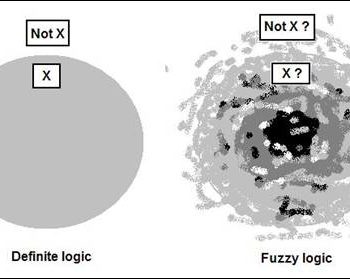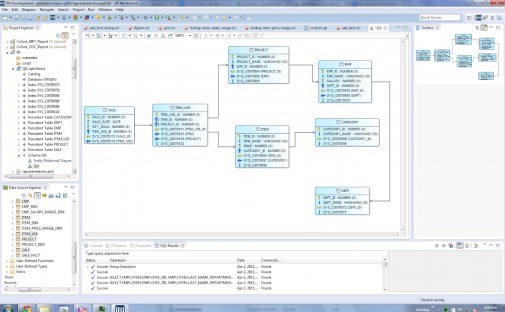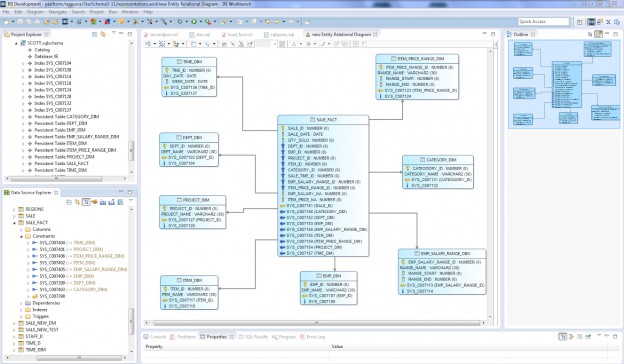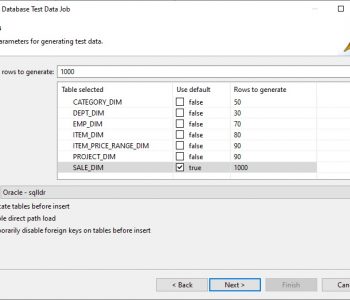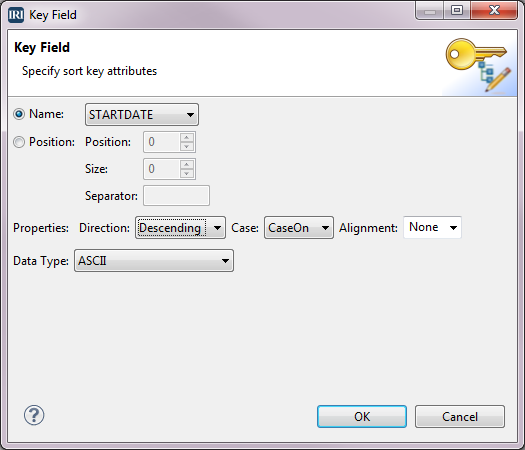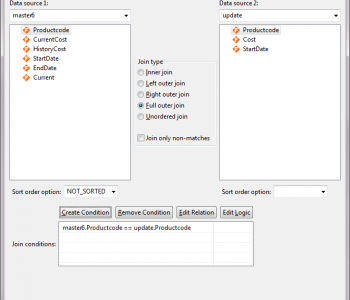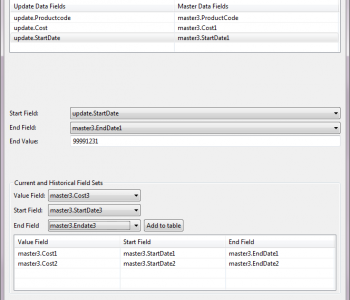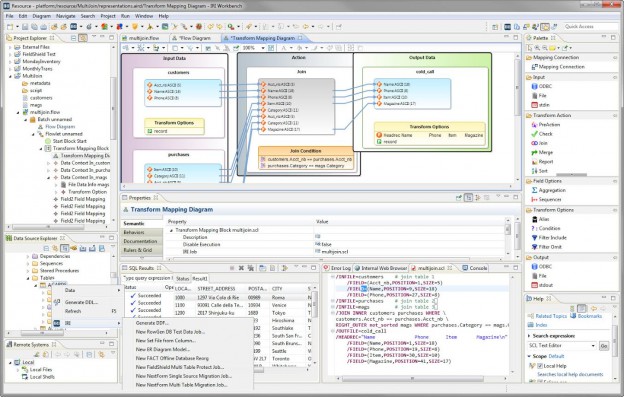
DSN Files and IRI Software
A DSN (database source name) file allows multiple users to connect to a database with information in a flat file. It is used by the database client program — in this case, software in the IRI Workbench — to connect to a database. Read More


